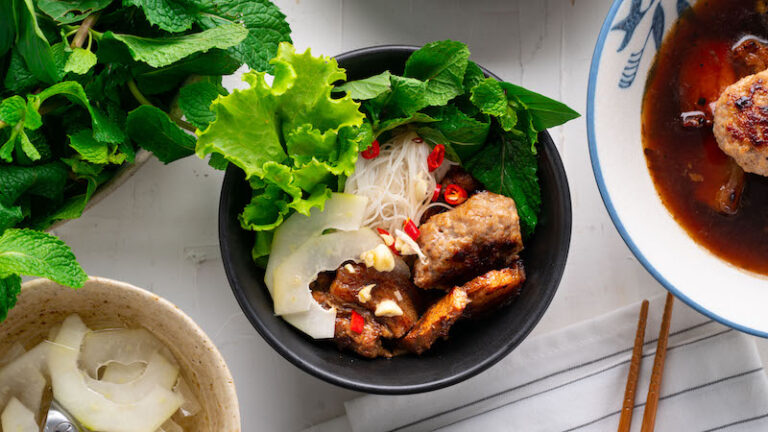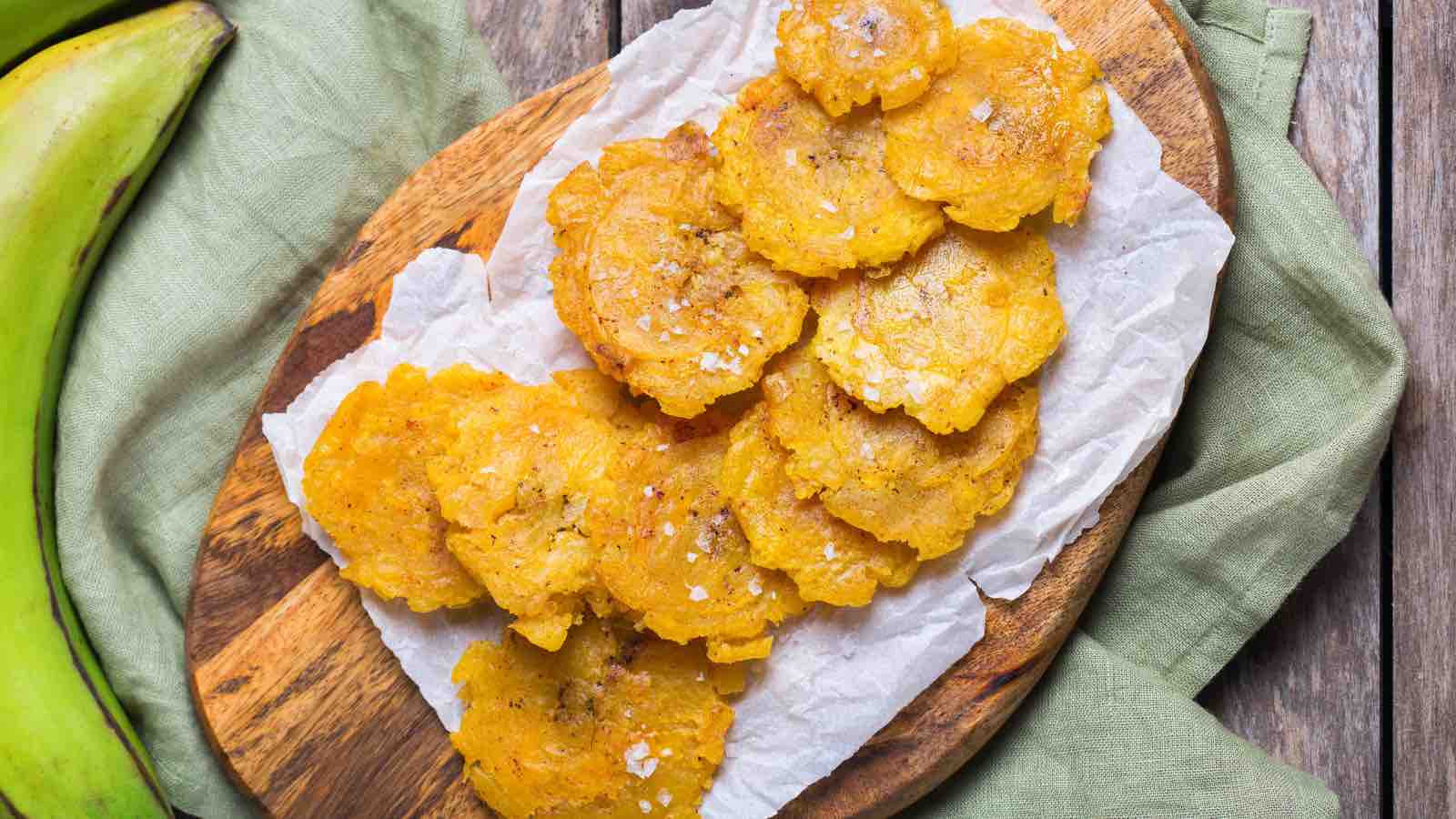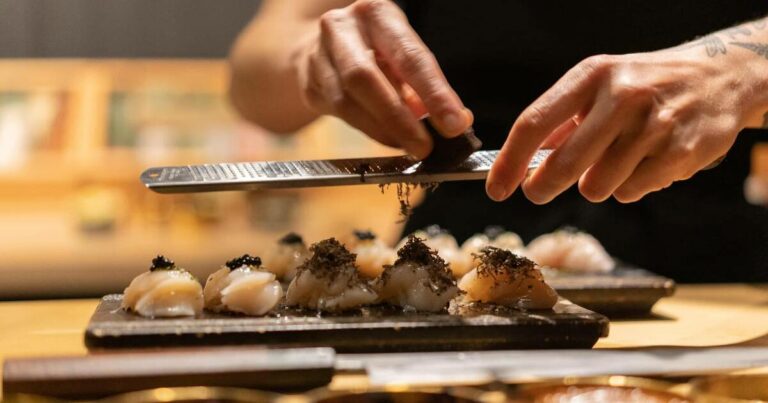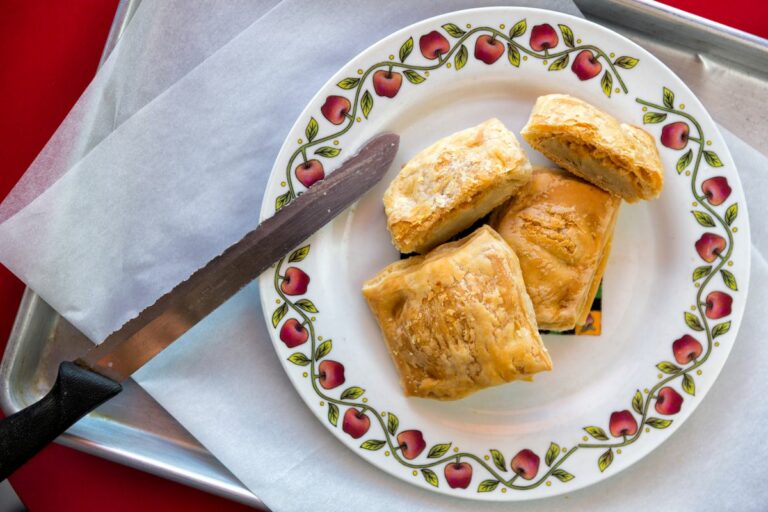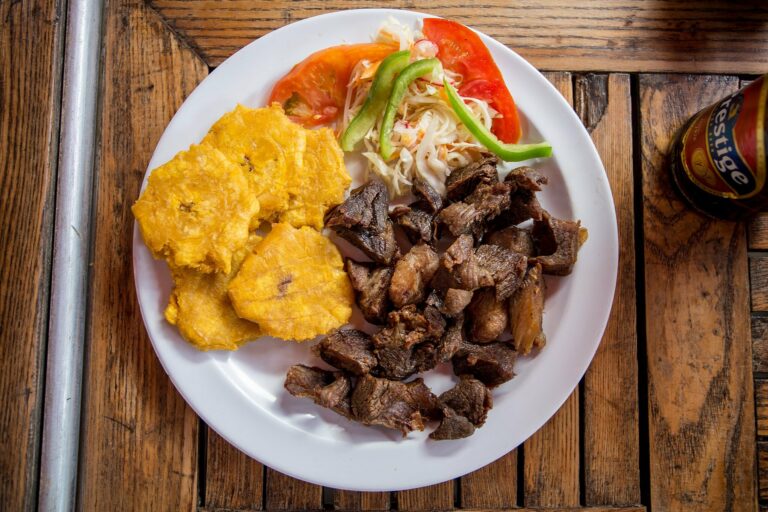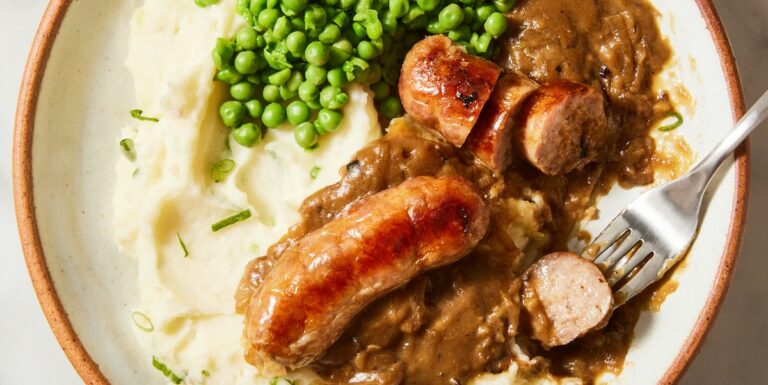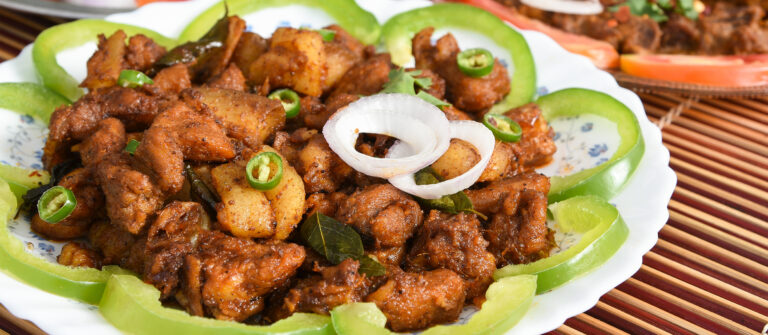Introduction: Vegetarianism and Haitian Cuisine
Vegetarianism is a dietary preference that has continued to gain popularity around the world. It entails avoiding meat, poultry, and fish in one’s diet and emphasizes the consumption of plant-based foods. While some cuisines are inherently vegetarian-friendly, others are heavily meat-based and may present a challenge for vegetarians. Haitian cuisine is one such example. However, there are still vegetarian options available in Haitian cuisine, albeit not as many as in some other cultures.
Staple Foods in Haitian Cuisine
Haitian cuisine is known for its varied flavors, textures, and heat. It is heavily influenced by French, African, and Indigenous cuisines. The staple foods in Haitian cuisine include rice, beans, corn, plantains, yams, and sweet potatoes. These foods form the base of many Haitian dishes and are often paired with meat. Vegetarians can still enjoy these foods as a standalone dish or by pairing them with vegetable-based sides.
Vegetarian Dishes in Haitian Cuisine
Although meat is a significant component of Haitian cuisine, there are still some vegetarian dishes available. Some examples include diri ak pwa (rice and beans), sos pwa (bean sauce), pikliz (spicy coleslaw), and tchaka (cornmeal and bean porridge). These dishes can be prepared with either vegetable broth or water, and a variety of vegetables can be added to enhance their flavor.
Food Preparation and Seasoning in Haitian Cuisine
Food preparation in Haitian cuisine is time-consuming and labor-intensive. Most dishes require fresh ingredients and are made from scratch. The seasoning in Haitian cuisine is what sets it apart. Haitian dishes are often seasoned with herbs such as thyme, parsley, and scallions, as well as spices like garlic, ginger, and cumin. Vegetarian dishes can be seasoned just as well as meat-based dishes, ensuring that they are flavorful and aromatic.
Haitian Restaurants and Vegetarian Options
Although Haitian cuisine may not be the first choice for vegetarians, it is possible to find vegetarian options in Haitian restaurants. Some Haitian restaurants offer vegetarian versions of popular Haitian dishes, such as legume (vegetable stew) or akra (deep-fried malanga fritters). It is always best to ask the server about the vegetarian options available before ordering.
Conclusion: Vegetarianism and Haitian Culture
In conclusion, while Haitian cuisine may not be the most vegetarian-friendly, there are still vegetarian options available. Haitian cuisine is an essential component of Haitian culture and has deep roots in the country’s history and traditions. Vegetarians can still enjoy the unique flavors of Haitian cuisine by opting for the vegetarian dishes available or by modifying meat-based dishes. Haitian cuisine is a testament to the resilience and creativity of the Haitian people, and vegetarians can be a part of it too.


